Leading market participats are investing heavily in research and development in order to spread their product lines, which will help the Directed Energy Weapon Market grow even more. Market participants are also undertaking various strategic activities to expand their footprint, with important market developments including new product launches, mergers and acquisitions, higher investments, contractual agreements, and collaboration with other organizations. To spread and survive in a more competitive and rising market climate, the Directed Energy Weapons industry must provide cost-effective items.
Manufacturing locally to reduce operational costs is one of the key business tactics utilized by manufacturers in the Directed Energy Weapon industry to benefit clients and increase the market sector.
In recent years, the Directed Energy Weapon industry has offered some of the most significant advantages to safety and security. Major participants in the Directed Energy Weapon Market, including Elbit System Limited, Applied Technologies Associate, Rafael Advanced Defense Systems Ltd., BAE Systems Plc, Honeywell International Inc, Lockheed Martin Corporation, Raytheon Technologies Corporation, Thales Group, The Boeing Company, L3Harris Technologies Inc, and others, are trying to increase market demand by investing in research and development operations. Elbit Systems Ltd is an Israel-based international defense electronics company involved in a broad range of programs across the globe.
Elibit Systems and its subsidiaries operate in areas of land, aerospace and naval systems, control, command, communications, intelligence surveillance, reconnaissance, and many others.
The company is also emphasizing the upgradation of existing military platforms, commercial aviation, and homeland security applications. In July 2022, the company was awarded a contract worth 80 million UD dollars to offer IR-PAWS (Infrared-based Passive Airborne Warning Systems) EW systems and C-MUSIC directed infrared countermeasures to an undisclosed Asia Pacific country. This contract will be completed within the next two years. Applied Technologies Associate, which is a division of Scientific Drilling International, located in Paso Robles, California. This company is a leader in the research and development and manufacturing of leading-edge technologies for the petroleum industry.
It is the provider of advanced technology products that aims to tackle sensing, control, and measurement of problems. The company provides solutions for technical services, sensors and systems, crash testing, aerospace controls, system testing and evaluation, platform stabilization, and many more. In October 2020, the company gained a contract of 17.66 million US dollars for other transaction prototype project agreement for the assembly, development, and testing of a ground-based Directed Energy Weapons prototype for a fixed-site Air Forces Air Base Air Defense to combat Group 1 and Group 2 unmanned aerial system threats.
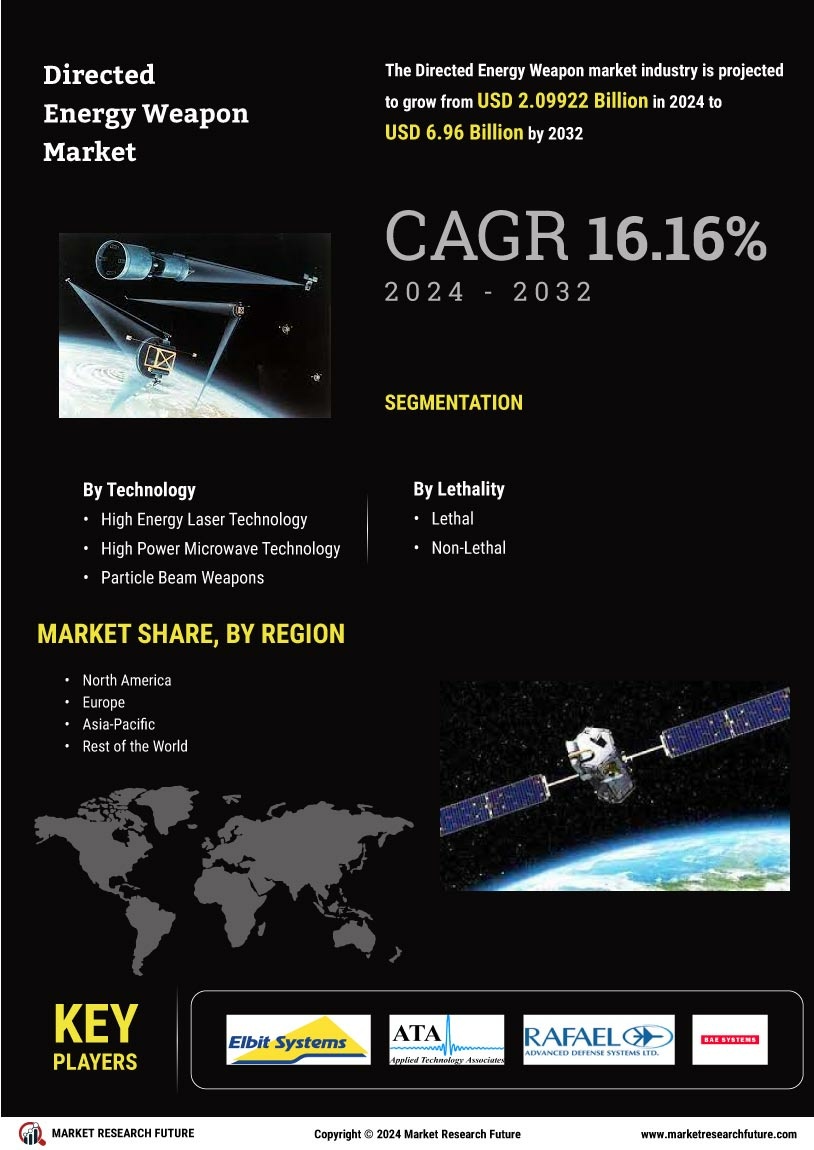

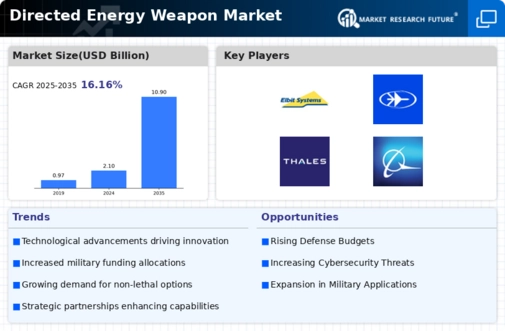
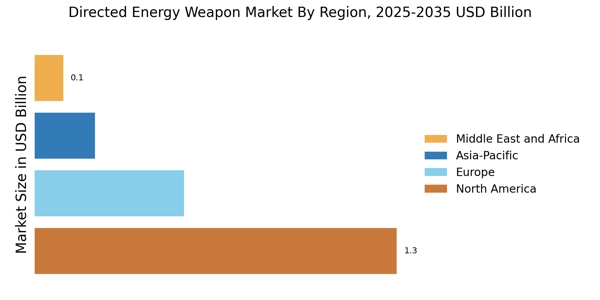

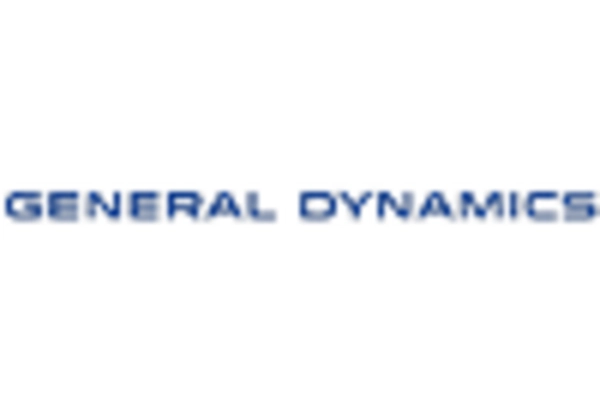
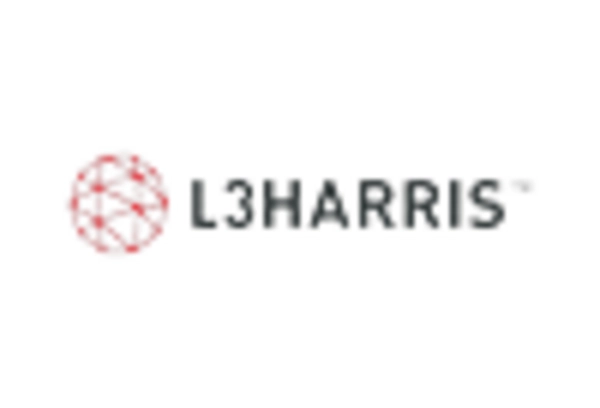
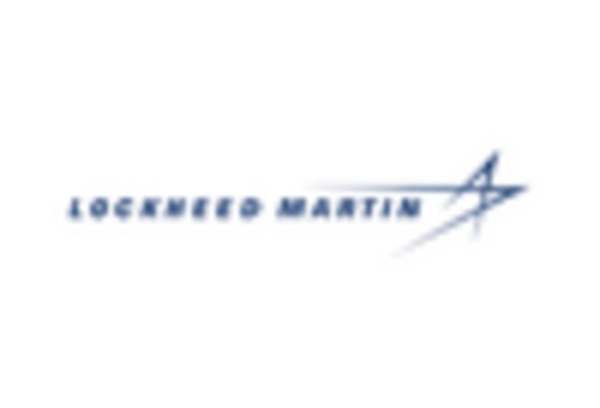
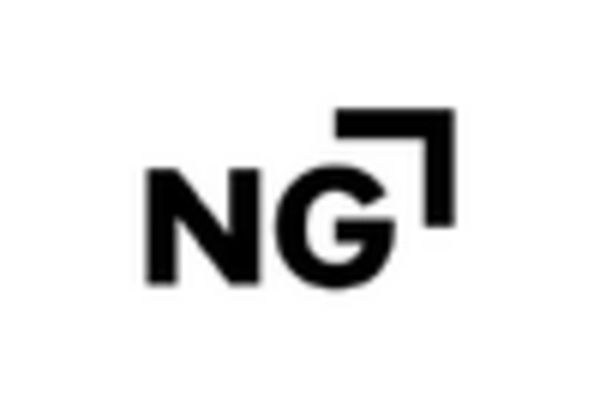
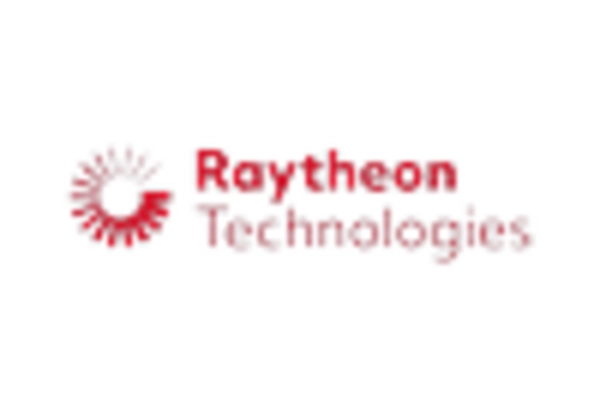








Leave a Comment